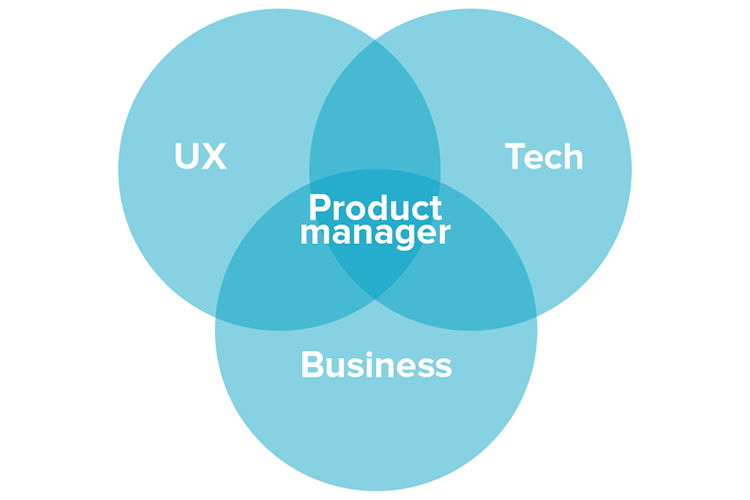
Product management was born during the great depression, when a 27-year-old marketer proposed the idea of a “brand man”– an employee to manage a specific product rather than a traditional business role. Since the 1930s, the continued success of this function has led to the growth of product organizations across industries and geographies.
• 1931 — Neil H. McElroy, a marketing manager at Proctor & Gamble, writes a 300-page memo on the need for “brand men,” who manage specific products.
• Late 1930s — McElroy is an advisor at Stanford University, where he influences two young visionaries: Bill Hewlett and David Packard.
• 1943-1993 — Hewlett-Packard sustains 50 years of 20% Y/Y growth by implementing the “brand man” philosophy in their new company.
• Late 1940s — Toyota develops JIT manufacturing principles, later adopted by Hewlett-Packard.
• 1953 — Toyota develops the kanban method.
• 1970s — Tech companies in the U.S. start developing lightweight processes, in opposition to cumbersome processes that emerged from manufacturing industries.
• 1980s — Developing agile processes, combined with greater acceptance of “brand management” roles, takes hold in many technology and software companies.
• 2001 — The Agile Manifesto is written, which, in large part, broke down department silos and outdated process, to make room for a unified product management role.
Take product management courses and become a professional
It’s hard to understate to role of agile software development in the growth of product management. In the Agile Manifesto, written in 2001, lays out twelve principles, one of which reads, “Business people and developers must work together daily throughout the project.” Product Managers stepped in to fill this role and with the growth of agile came the rise of product management. Today, the demand of technology companies for skilled “product people” has led to an explosion of new programs at universities and code schools that will only accelerate this growth.

Product management roles: The product manager and beyond
In some cases, product management for one product, or family of products, is handled by a single Product Manager. This individual must represent a deep proficiency in at least one of the areas that touch product management, and a passion for or fluency in the others. This most often manifests itself in one of two cases: an experienced business marketer with a passion for outstanding user experience and can speak fluent tech lingo, or a technical development leader who understands the product so well that they can begin to drive it’s creation. These people have proven to be so rare and valuable that product management now commands the highest salaries in all of tech.
Since it’s really hard to find individuals fluent in both areas, oftentimes product management is brought to life by a small group of specialists. At Atlassian, we’ve formed the triad – where a leader from development, design, and business work together to lead product strategy. Supporting the triad are PMs, PMMs and many of the other roles below:
Chief Product Officer (CPO) – Leads the product function at an organizational level. Ensures each product is looked after by skilled PMs and their teams.
Product Owner – Takes a more active role in the development of the product by managing the engineering team’s backlog and their communication with other stakeholders.
Product Marketing Manager (PMM) – Improves on the product teams ability to reach customers and learn from them through product-tailored marketing campaigns and the insights they provide.
User Experience (UX) Researcher – UX is one of a PM’s core responsibilities, but a dedicated UX researcher, who studies user behavior and makes usability recommendations, is a great addition to any product team.
Since there is no clear-cut route into product management, many eagar applicants focus instead on the core competencies of the job. For example, I studied “Information Management,” a brand new major the University of Colorado, Boulder. I took half business management and half computer science classes with the goal of being able to speak both “languages” and bridge the communication gap between the two worlds.
Similar skills to consider would be data analysis (SQL specifically), project management, and strategy. These product management skills are actively marketed by code-schools, universities, and professional development bootcamps all around the world proving, here, that product management is here to stay.


